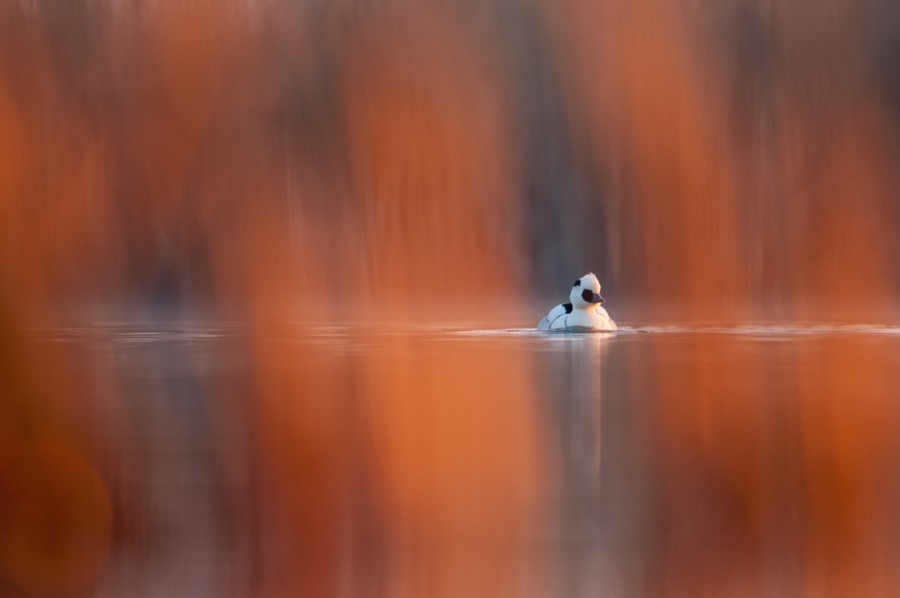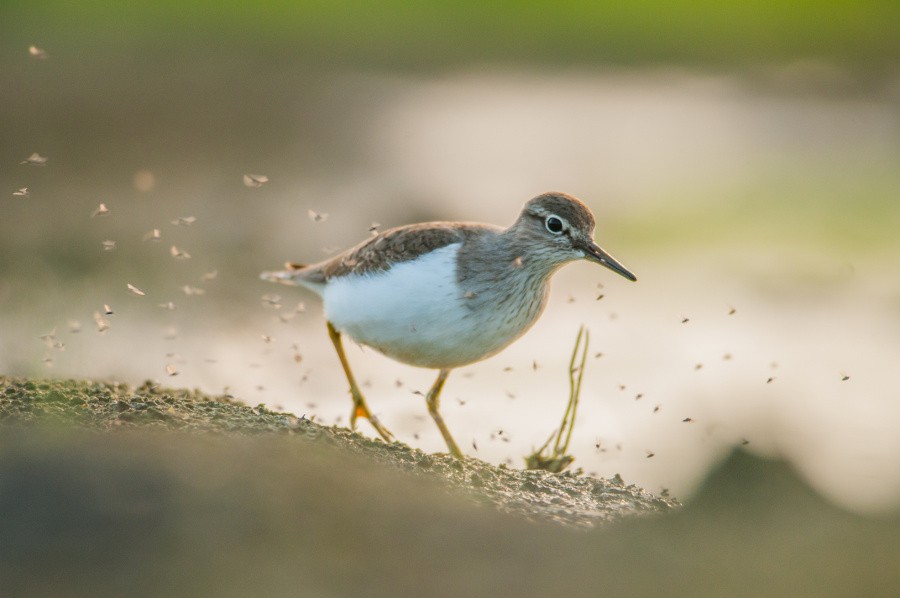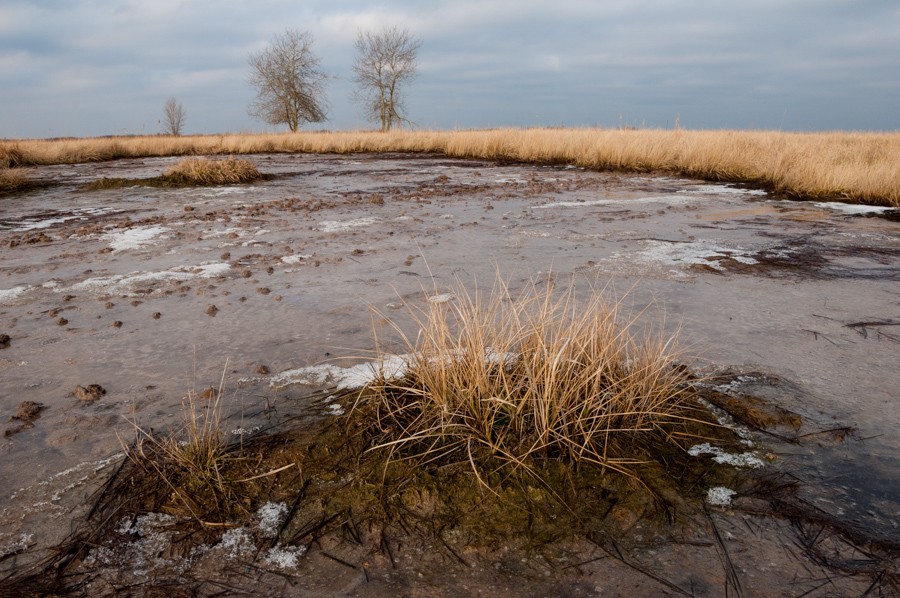Opis
Obszar Dawnej Kopalni Siarki Jeziórko is a vast open area with 19 ponds, several hundred hectares of meadows, reed beds and wetlands in post-mining sinkholes. Over 200 species of birds (115 breeding birds) have been observed here. It is an excellent place to observe the breeding gulls such as śmieszka, mewa białogłowa, mewa czarnogłowa and waders like krwawodziób, sieweczka rzeczna and kulik wielki. Also other water birds and herons can be seen here like zielonka, kropiatka, wodnik (zwyczajny), łyska, derkacz, bączek and bąk.
During spring migration, you can observe flocks of geese (up to several hundred individuals) gęgawa, gęś białoczelna, gęś tundrowa, gęś mała and bernikla białolica, ducks (up to several thousand) podgorzałka, rożeniec, hełmiatka, czernica and głowienka, etc.
In late autumn, regular groups of bielaczek (the largest in the region), as well as nur czarnoszyi, nur rdzawoszyi and szlachar can be seen. In winter you can regularly observe, among others błotniak zbożowy, myszołów włochaty and bielik. Among the owls observed in this area, uszatka błotna and breeding and uszatka should be mentioned. It's worth having a telescope with you, but with the binoculars only you can easily see most species.
Szczegóły
Dostęp
The easiest way to get to the Jeziórka area is from the Grębów - Tarnobrzeg road. The oldest post-mining ponds are already visible from the road, an asphalt road leads deep into the area (further on, shallow and gravel). You can also enter or walk from the side of Wydrza on a gravel road (turn after the Primary School in Wydrza).
A very convenient means of transportation is by bike, but you might as well get there by car or hitchhike and just walk around the whole area.





